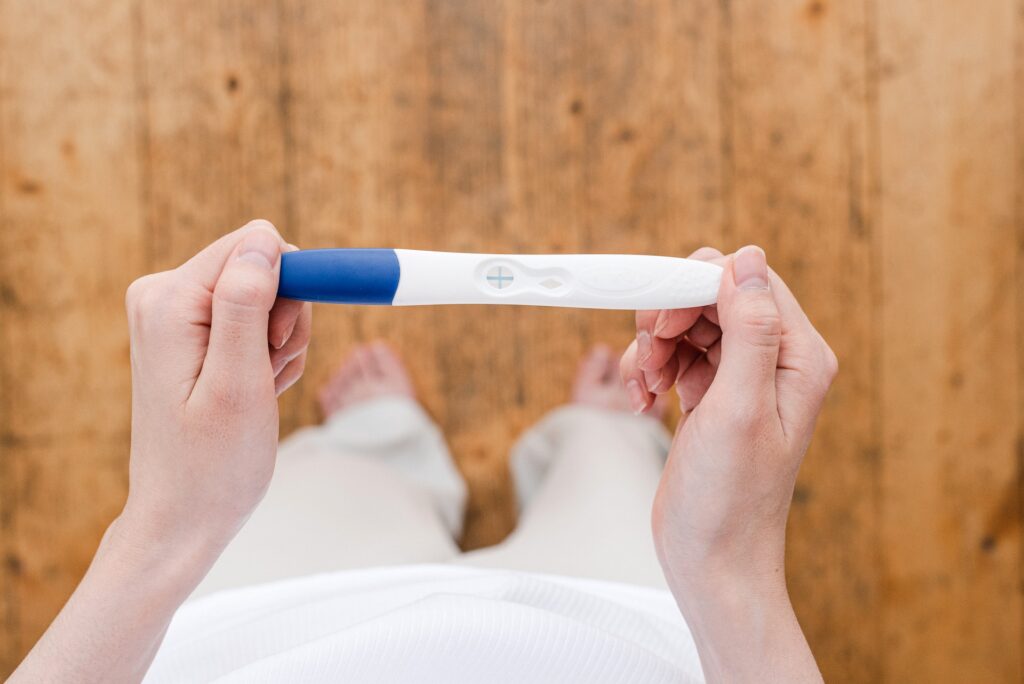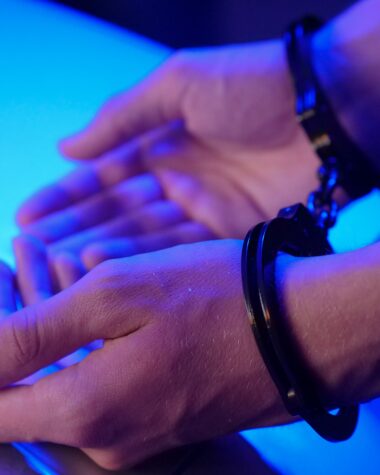Are you trying to get pregnant or could you be pregnant? If so, you’ve probably considered taking a pregnancy test. But with so many options on the market, it can be overwhelming to choose which one to use. One type of test that has gained popularity in recent years is the blue-dye pregnancy test. While these tests are easy to find and affordable, there are both pros and cons to using them.
In this post, we’ll explore the benefits and drawbacks of blue-dye pregnancy tests so that you can make an informed decision about which type of test is right for you.
Introduction to Blue Dye Pregnancy Tests
Blue-dye pregnancy tests have been around for a while, and they are a popular choice among women who are trying to conceive. However, there are some pros and cons to using these tests that you should be aware of before making a decision.
On the plus side, blue dye pregnancy tests are relatively inexpensive and easy to find in stores. They are also easy to use – simply urinate on the stick and wait for the results. If the test is positive, you will see a blue line appear in the window.
However, there are some drawbacks to using blue dye tests. One is that they can be less accurate than other types of tests, such as digital tests. This means that you may get a false positive result if your urine contains traces of blood or protein. Additionally, some women find that the blue dye can be irritating to their skin.
If you’re considering using a blue-dye pregnancy test, be sure to weigh the pros and cons carefully before making a decision. And remember, if you have any doubts about the results of your test, always consult your doctor.
How Do Blue Dye Pregnancy Tests Work?
If you’re pregnancy test shopping, you’ve probably noticed that there are two main types of tests: blue dye and pink dye. So, what’s the difference? And does it even matter?
Here’s a breakdown of blue dye pregnancy tests: how they work, their pros and cons, and whether or not you should use one.
Principle
Just like pink dye tests, blue dye tests work by detecting the presence of human chorionic gonadotropin (hCG) in your urine. hCG is a hormone secreted by the placenta during pregnancy.
The test itself is very simple. You just pee on the stick and wait for the results. If the test line turns blue, it means you’re pregnant. If it doesn’t change color at all, or if the control line doesn’t appear, the test is invalid and you should retest with a new one.
Pros
- Blue dye tests are very inexpensive, so they’re a good option if you’re trying to save money. They’re also widely available at most drugstores and supermarkets.
- Another advantage of blue-dye tests is that they tend to be more sensitive than other types of tests, so you may be able to get a positive result sooner. However, this can also be a downside, as the test may be more likely to produce false positives (especially if you take the test early).
Cons
There are a few potential drawbacks to using blue-dye pregnancy tests. First, some women report that the blue dye can be difficult to read, making it hard to tell if the test is positive or negative. Additionally, blue-dye tests may be less sensitive than other types of pregnancy tests, meaning they may not be able to detect very low levels of the pregnancy hormone hCG. Finally, blue dyes have been known to occasionally cause allergic reactions in some women.
Alternatives to Blue Dye Pregnancy Tests
There are a few alternatives to blue dye pregnancy tests on the market. Some women prefer pink or purple dye tests, while others prefer digital tests. Here are a few pros and cons of each option:
Pink or purple dye tests:
Pros: These tests are often more accurate than blue dye tests. They are also less likely to produce false positives.
Cons: These tests can be more expensive than blue dye tests. It can also be difficult to find in stores.
Digital tests:
Pros: Digital tests are generally very accurate. They are also easy to use and can be found in most stores.
Cons: Digital tests can be more expensive than blue dye tests. They may also require batteries, which can add to the cost.

What Are the Best Practices When Using a Blue Dye Test?
If you’re considering using a blue-dye pregnancy test, there are a few best practices to keep in mind.
- First, always follow the instructions that come with your test. This will help ensure that you get accurate results.
- Second, take the test at the same time each day. This will give you consistent results.
- Finally, be sure to read the results within the time frame specified in the instructions. If you don’t see a result within that time frame, re-take the test.
Also, Read About: Tips For Going On Friendship Dates
Conclusion
Choosing between blue-dye and pink-dye pregnancy tests can be a personal decision, as both styles have their pros and cons. Blue dye tests tend to be more affordable and may give quicker results, but they don’t always provide definitive answers. Pink dye tests are slightly more expensive but offer more accurate results. Ultimately, it is up to the individual to decide which style of test best suits their needs.








